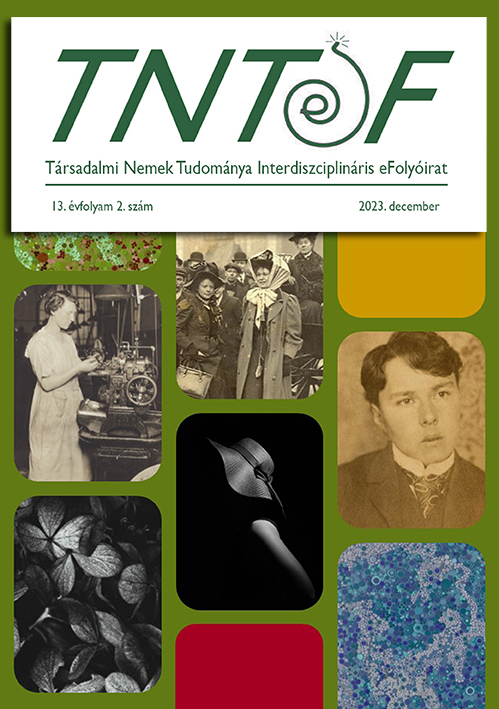Vizuális napló, autofotográfia: emlékezet és szellemjárás Patti Smith polaroidjain és a közösségi médiában – A Book of Days (2022)
Main Article Content
Absztrakt
Patti Smith (1946- ) amerikai író, költő, zenész, képzőművész munkásságában a fotográfia mint médium, látásmód és narratív toposz kiemelt jelentőséggel bír. A Horses (1975) című debütáló lemezével világszerte ismertté vált alkotó a rock’n’roll ábrázolási hagyományait felforgatva radikálisan új, kritikai nézőpontból gondolta újra a hetvenes évek női ideáljának képzetét. Smith különcségére számos fotográfus felfigyelt: Frank Stefanko, Lynn Goldsmith és Annie Leibovitz is számos portrét készítettek róla. Férje, Fred ‘Sonic’ Smith halála után idővel Patti Smith maga is polaroid kamerát ragadott, és fotóalanyból fotográfussá lépett elő. Fotográfiai munkássága elsősorban gyászfeldolgozási kísérletként, az őt ábrázoló narratíváktól eltérő, autonóm gesztusként értékelhető. A fotografikus látásmód, a fotó, mint a narratíva szerves kelléke megjelenik minden memoárjában, melyek utazásait, számára meghatározó alkotók, személyek ereklyéit rögzítik, dokumentálják. Kísérteties fotóin az élők és halottak, testek és tárgyak, hiány és látomás határai mosódnak egybe. Tanulmányomban arra teszek kísérletet, hogy feltérképezzem azt, hogy a Smith-féle fotografikus látásmód, a nemi viszonyokról való gondolkodás és az önéletírói gyakorlat milyen szerepet töltenek be a traumatapasztalat elbeszélhetővé tétele és az emlékezés folyamatában. Megvizsgálom azt, hogyan ülteti át Patti Smith ezt a praxist a közösségi médiába, és hogy ez a felület miképp alakítja át radikálisan az emlékezéshez és az emlékezet tárgyaihoz való viszonyulást.

